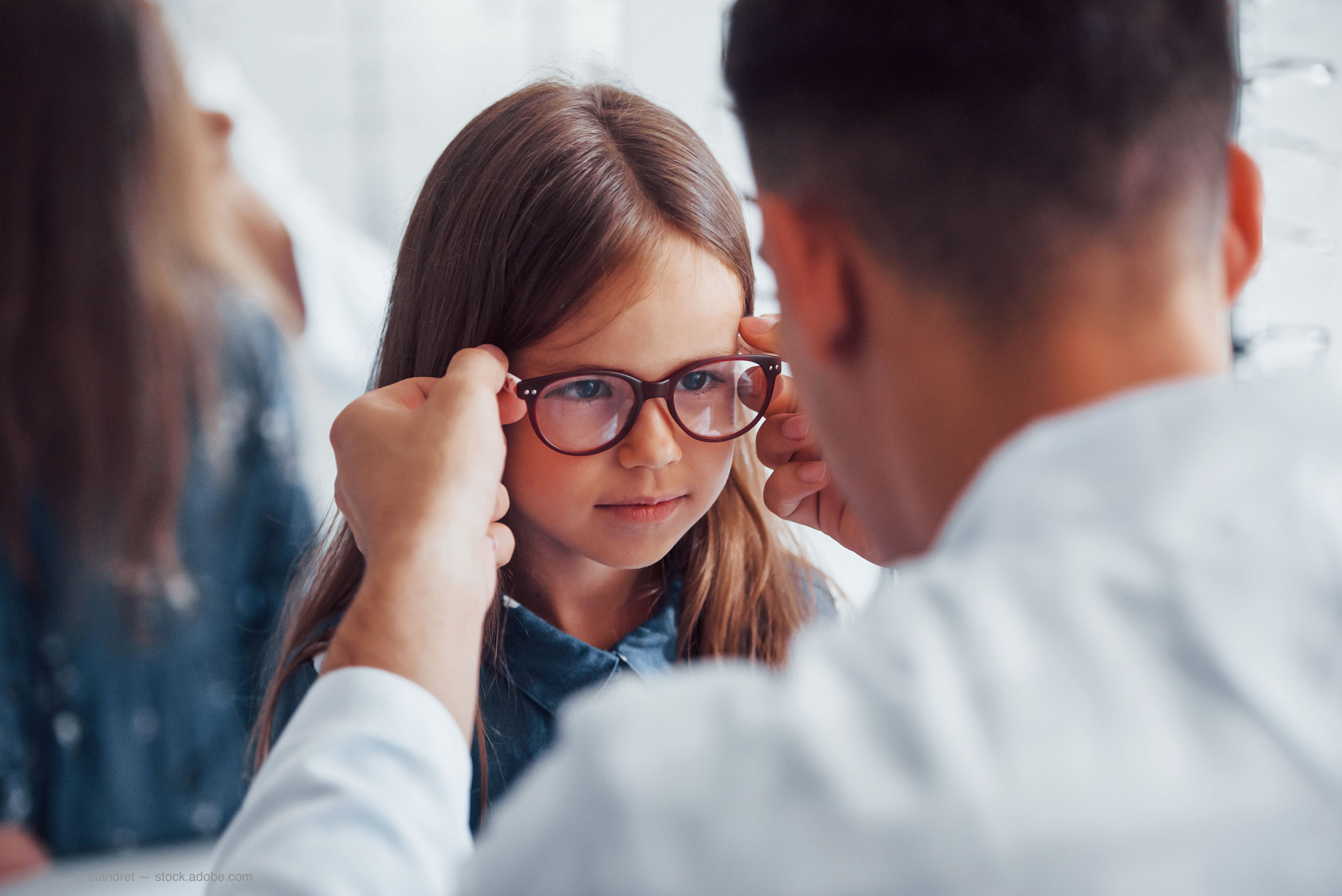New 24-month data finds myopia control efficacy in spectacle lenses
Interim data findings on spectacles using SightGlass Vision Diffusion Optics Technology were presented at ARVO 2022.
New research from 24-month interim data on spectacles using SightGlass Vision’s Diffusion Optics Technology demonstrates a slowing in the progression of myopia in children.
The findings from the pivotal clinical trial were released at ARVO 2022 this week, during a presentation titled “Two-Year Effectiveness of a Novel Myopia Management Spectacle Lens with Full-Time Wearers.”

Investigators of the CYPRESS study—now in its third year—enrolled, randomized, and dispensed lenses to 256 eligible children across 14 clinical trials in the US and Canada.
Participants were ages 6 to 10 years old at the time of enrollment and had a myopia diagnosis between -0.75 D and -4.50 D.
The SightGlass Vision technology used by spectacle lenses in the study incorporate thousands of micro-dots that scatter light to reduce contrast on the retina. This method is what targets reducing myopia progression in children.
The participating children in the study who were analyzed were full-time wearers, and whose parents reported they did not remove the study spectacles for near-vision activities.
Investigators reported statistically significant improvements were found between the groups using SightGlass Vision’s Diffusion Optics Technology lenses and the control, according to a news release.
The CYPRESS cohort of participants is younger than children in other myopia studies, with a mean age of 8.1 years at screening.
SightGlass Vision CEO Andrew Sedgwick said the technology-incorporated spectacle lenses represent a promising new approach to myopia control.
“We’re enthusiastic about sharing more detail from the 2-year interim results, which will further support our development efforts and ongoing commercialization activities in select markets,” he said in a statement.
Additional analysis of young wearers in the study will be presented at the Dutch Contact Lens Conference (NCC) in June.
See more lens technology and myopia coverage